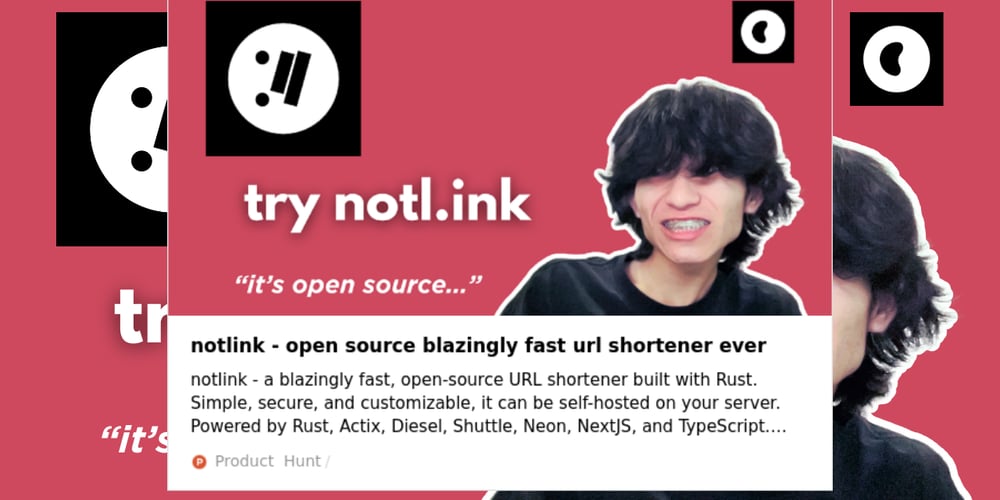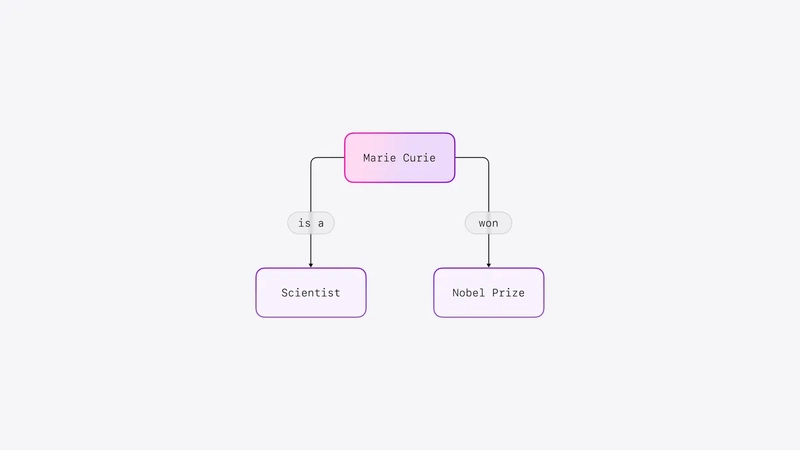Creating a Reusable Modal Component With Portals in React
Creating a Reusable Modal Component With Portals in React Modals are a common UI pattern, but rendering them outside the main DOM tree can prevent styling and focus issues. This is where React Portals come in. In this tutorial, you'll learn to create a flexible, reusable modal component using portals. Step 1: Set Up Your Project Start with a React project using Create React App or Vite. We'll create a modal component that uses ReactDOM.createPortal to render outside the app root. Step 2: Create the Modal Component Inside components/Modal.js: import ReactDOM from "react-dom"; function Modal({ isOpen, onClose, children }) { if (!isOpen) return null; return ReactDOM.createPortal( ✕ {children} , document.getElementById("modal-root") ); } export default Modal; Step 3: Add the Modal Root In your public/index.html, add a new div outside the root: Step 4: Use the Modal in Your App import { useState } from "react"; import Modal from "./components/Modal"; function App() { const [isOpen, setIsOpen] = useState(false); return ( setIsOpen(true)} className="bg-blue-600 text-white px-4 py-2 rounded" > Open Modal setIsOpen(false)}> Reusable Modal This modal uses React portals to render outside the main DOM tree. ); } export default App; Conclusion With React portals, you can build modals that behave correctly across your app. This pattern also scales well when you need tooltips, dropdowns, or any layered UI components. If this post helped you, consider supporting me: buymeacoffee.com/hexshift

Creating a Reusable Modal Component With Portals in React
Modals are a common UI pattern, but rendering them outside the main DOM tree can prevent styling and focus issues. This is where React Portals come in. In this tutorial, you'll learn to create a flexible, reusable modal component using portals.
Step 1: Set Up Your Project
Start with a React project using Create React App or Vite. We'll create a modal component that uses ReactDOM.createPortal to render outside the app root.
Step 2: Create the Modal Component
Inside components/Modal.js:
import ReactDOM from "react-dom";
function Modal({ isOpen, onClose, children }) {
if (!isOpen) return null;
return ReactDOM.createPortal(
{children}
,
document.getElementById("modal-root")
);
}
export default Modal;
Step 3: Add the Modal Root
In your public/index.html, add a new div outside the root:
Step 4: Use the Modal in Your App
import { useState } from "react";
import Modal from "./components/Modal";
function App() {
const [isOpen, setIsOpen] = useState(false);
return (
setIsOpen(false)}>
Reusable Modal
This modal uses React portals to render outside the main DOM tree.
);
}
export default App;
Conclusion
With React portals, you can build modals that behave correctly across your app. This pattern also scales well when you need tooltips, dropdowns, or any layered UI components.
If this post helped you, consider supporting me: buymeacoffee.com/hexshift




























![[Webinar] AI Is Already Inside Your SaaS Stack — Learn How to Prevent the Next Silent Breach](https://blogger.googleusercontent.com/img/b/R29vZ2xl/AVvXsEiOWn65wd33dg2uO99NrtKbpYLfcepwOLidQDMls0HXKlA91k6HURluRA4WXgJRAZldEe1VReMQZyyYt1PgnoAn5JPpILsWlXIzmrBSs_TBoyPwO7hZrWouBg2-O3mdeoeSGY-l9_bsZB7vbpKjTSvG93zNytjxgTaMPqo9iq9Z5pGa05CJOs9uXpwHFT4/s1600/ai-cyber.jpg?#)














































































































































![[The AI Show Episode 144]: ChatGPT’s New Memory, Shopify CEO’s Leaked “AI First” Memo, Google Cloud Next Releases, o3 and o4-mini Coming Soon & Llama 4’s Rocky Launch](https://www.marketingaiinstitute.com/hubfs/ep%20144%20cover.png)




































































































































































































![Rogue Company Elite tier list of best characters [April 2025]](https://media.pocketgamer.com/artwork/na-33136-1657102075/rogue-company-ios-android-tier-cover.jpg?#)








































































_Andreas_Prott_Alamy.jpg?width=1280&auto=webp&quality=80&disable=upscale#)






































































































![Apple Watch Series 10 Back On Sale for $299! [Lowest Price Ever]](https://www.iclarified.com/images/news/96657/96657/96657-640.jpg)
![EU Postpones Apple App Store Fines Amid Tariff Negotiations [Report]](https://www.iclarified.com/images/news/97068/97068/97068-640.jpg)
![Apple Slips to Fifth in China's Smartphone Market with 9% Decline [Report]](https://www.iclarified.com/images/news/97065/97065/97065-640.jpg)


































































































































